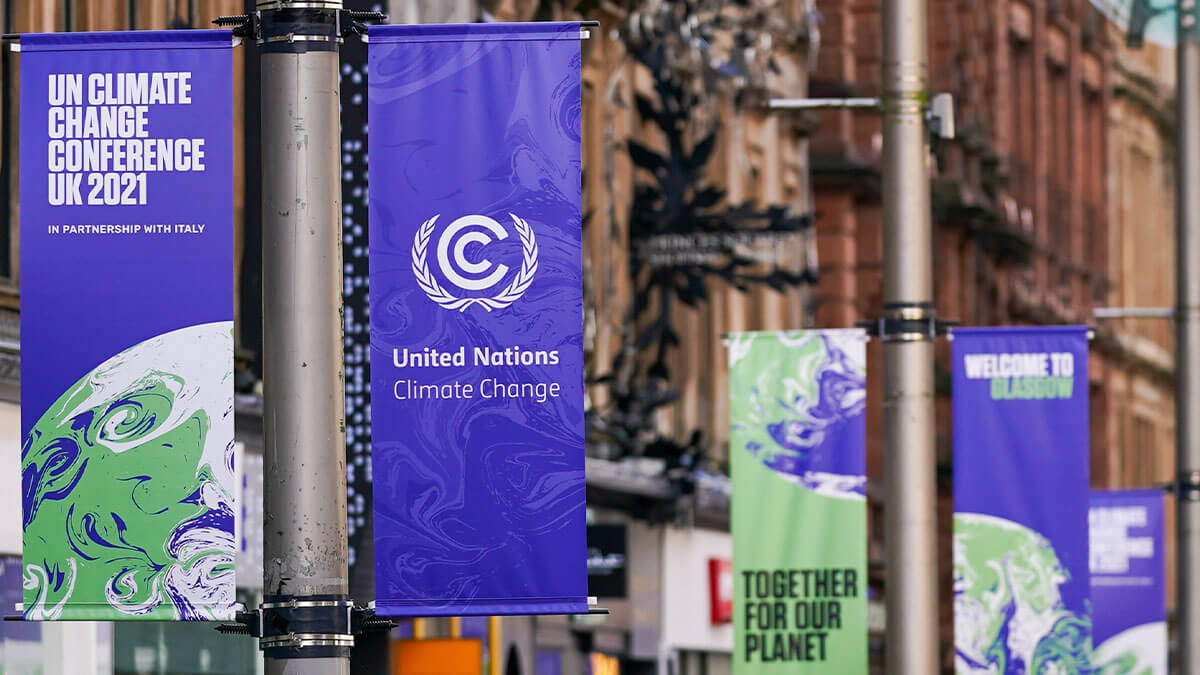Authorities are no longer standing for empty promises and requesting strategic, concrete actions.

The COP26 UN Climate Change Conference has shown an accentuated demand for the fashion industry to increase its ambitions in tackling climate change. Authorities are no longer standing for empty promises and requesting strategic, concreted actions. There is now a need for stakeholders to show up and commit to changes to achieve the 1.5 ºc necessary to avoid the worst of climate change.
The COP26 summit brings parties together to accelerate action toward goals set by the Paris Agreement and the UN Framework Convention on Climate Change. The UN-backed summit is what has bought fashion to face immense pressure from authorities. There is now a need to reconsider current practices and move forward with explicit sustainable solutions.
The majority of clothing’s environmental footprint occurs in the supply chain. This places a big focus on manufacturing practices as the first point of call. Creating a push for brands to review their supply chain opportunities from raw material production to apparel manufacturing.
In acting to reduce these emissions, brands are needing to work with their suppliers to decrease the carbon footprint from their facilities and come up with sustainable alternative solutions. Therefore giving suppliers little incentive to invest in the developments when brands are unwilling to pay extra.
Beyond Policy Monitoring

Senior climate campaigner, Muhannad Malas explains that simply monitoring policy developments in apparel manufacturing countries isn’t enough. Brands need to act with governments to remove obstacles towards reducing carbon emissions, he explains.
“The runway is getting shorter for companies to move from commitments to actions, and take the steps necessary to drastically reduce their greenhouse gas emissions in the next decade.”
Big clients hold an impactful position to voice concerns and set expectations in exchange for their business in supplying countries. A strategy that has been adopted by big industry plays like Nike and Adidas when voicing concern over new coal plant plans in their supplying country, Cambodia. Explaining the action would contradict their own sustainability objectives and would pull business if plans were to proceed.
Brands need to understand they are important energy users and major contributors to the economy of these countries. They have the ability to set expectations to meet their targets sustainably. As can suppliers set stricter policies to drive companies to reduce their supply chain emissions.
The Final Word
The main message to fashion coming from the conference is that the industry needs to take a lead. To set stronger climate targets and demonstrate a clear path to achieving them.
Subscribe to FIB’s Weekly Alchemy Report for your weekly dose of music, fashion and pop culture news!







